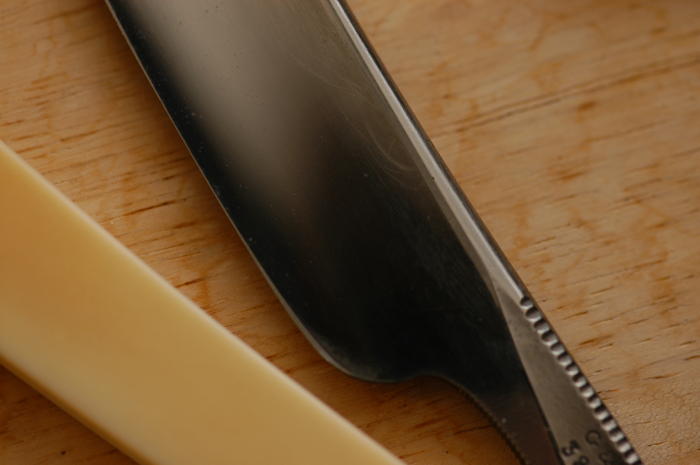Here's a few more.
Joseph Smith, note the irregularly rounded edges and characteristic rough grind marks:
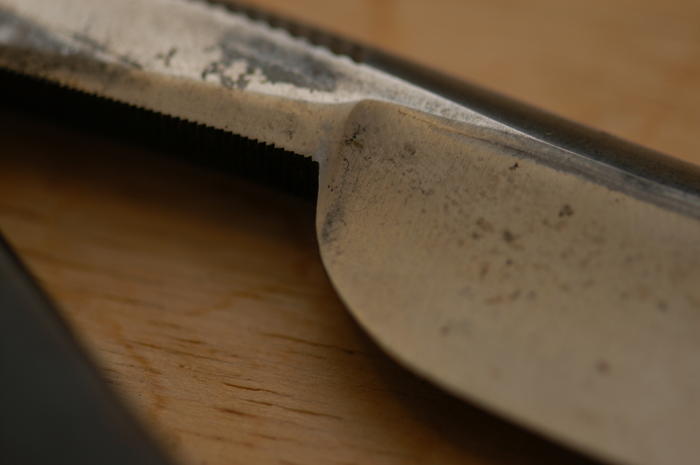
W. Greaves and Sons, very rough grinding:

AUX, pretty rough job. This one has been disassembled and ground all over the tang and tail as well. You can see the finger-like rusting that often comes as a result of the deep rough grind marks:
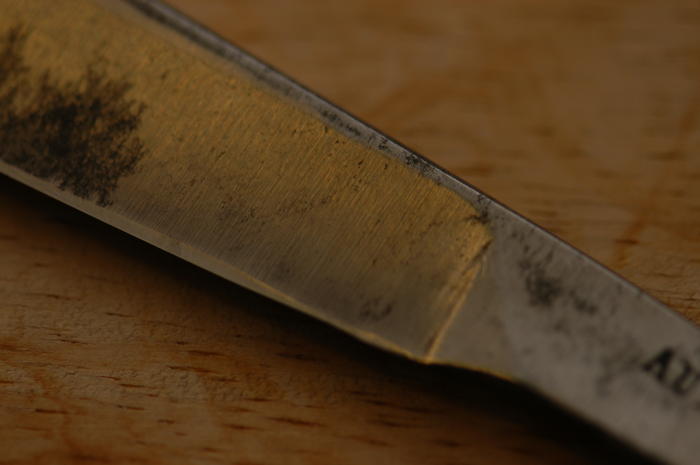
Rayson, very rough job overall. Rounded all over except the tail and near the pivot, because it was not taken apart:
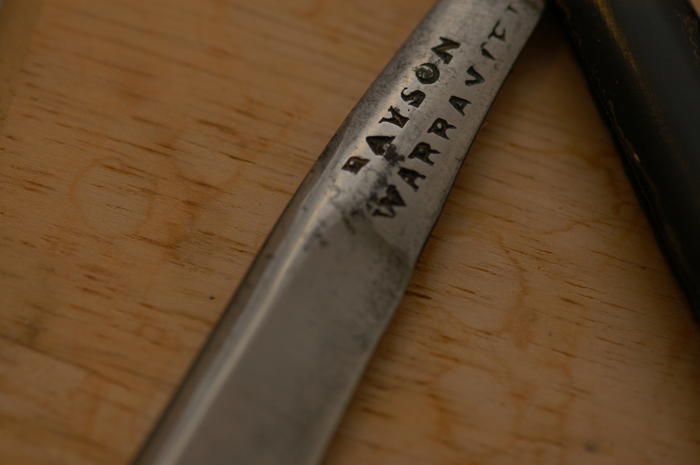
Note divots and changes in surface angle:
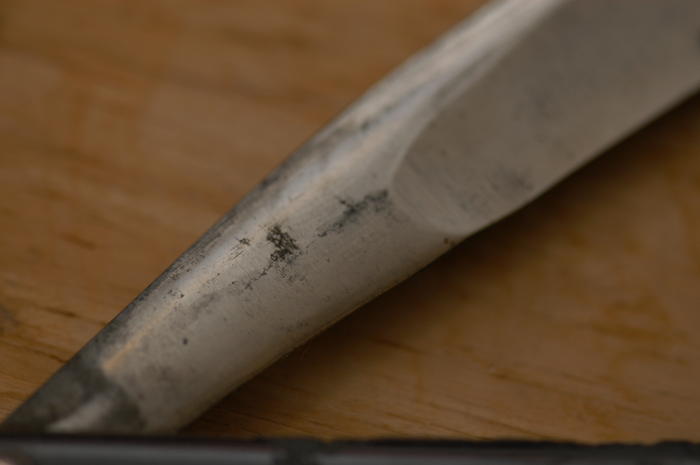
Overall, things to look for:
-regrind marks. Once you've seen them, you'll know. Very regular, very tight fine marks, but not an original surface finish.
-changes in angle that seem odd
-rounding accompanied by the grind marks
-spots where the surface finish is different, that the grinder may have missed
-anachronistic hollow grinding
-change in angle on the bottom of the tang (mostly for pre-1800 razors that have been given a shoulder)
If you see lateral marks, or grind marks that are not very regular and tightly spaced, then all bets are off. Could be sanded or buffed, but buffer marks generally don't really look like regrind marks.
For the most part razors were used and abused, and regrinding was VERY common to prolong the life of them. The regrinders often used one-grit wheels that left rough and deep (relative to factory) marks. It wasn't an original fine finish, but it got rid of old hone wear, got oxidation off and left the blade shiny.
Contrast this to a very clean original crocus finish:
